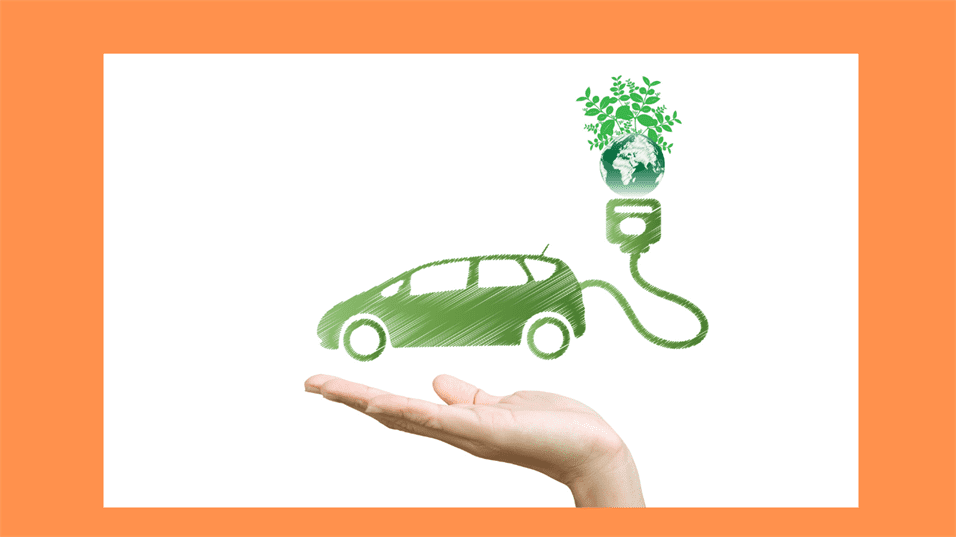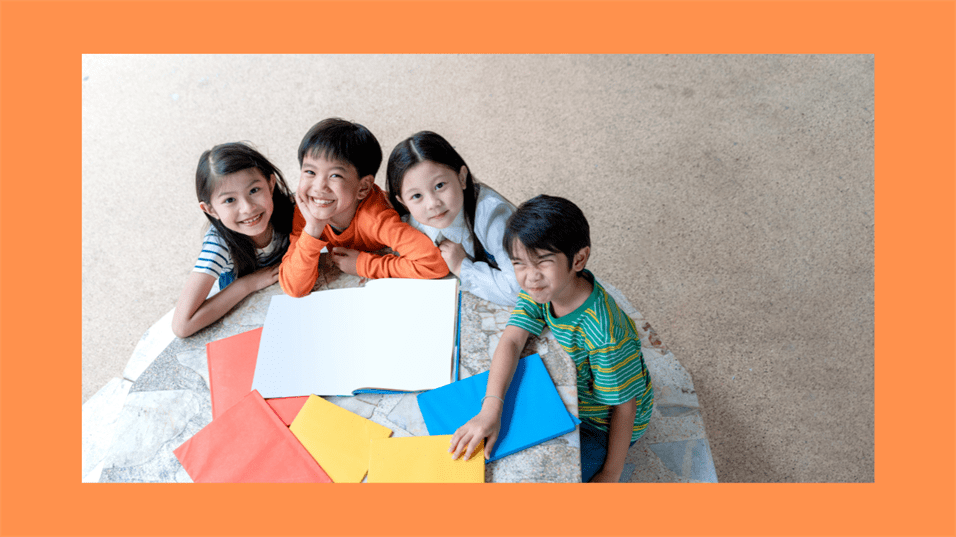The ever-increasing human population and its resulting consumption have put the environment as well as its natural resources under extreme pressure. The damage has increased further with industrialization and rapid breakthrough of technological advancement, causing a pace of growth that has outpaced the ability of the earth to produce its natural resources. The risk has gone to an extent that our future generations are in danger of losing the vast resources which are essential to maintain environmental stability, quality of life and economic security.
This is what has made all the countries across the world feel a need for Sustainable Development.
What is Sustainable Development?
Sustainable development is about development that ensures that the needs of the present day are met without having to compromise the abilities of future generations to be able to meet their needs. Sustainable development encourages us to not only conserve but also enhance our resources by progressively changing the ways in which we use technologies and develop.
Sustainable Development Goals
Keeping in mind this need, in 2015, the United Nations adopted the Sustainable Development Goals (SDGs) or Global Goals as a universal call to action to protect the planet and ensure all its people enjoy peace and prosperity by 2030. 17 SDGs were designed based on three primary objectives –
- Economic Growth: To build a strong and serious economy by ensuring that adequate land of the right kind is available at the right time to support the development and advancement of innovation and identify and plan the necessary prerequisites.
- Environmental protection: This includes protecting and enhancing our natural as well as developed environment by using natural resources judiciously, minimizing pollution and waste, improving biodiversity and assisting in diminishing environmental change, including a global shift to a low-carbon economy.
- Social inclusion: Includes meeting the lodging requirements of the present day as well as for the future generations to build a strong, vibrant and healthy society. To have in place local administrations with high-quality development to cater to the needs of the local area requirements for supporting social, cultural and well-being.
The designed goals aimed at development and improvement and included:
- No Poverty
- Zero Hunger
- Good Health and Well Being
- Quality Education
- Gender Equality
- Clean Water and Sanitation
- Affordable and Clean Energy
- Decent Work and Economic Growth
- Industry, Innovation and Infrastructure
- Reduced Inequalities
- Sustainable Cities and Communities
- Responsible Consumption & Production
- Climate Action
- Life below water
- Life on land
- Peace, Justice and Strong Institutions
- Partnership for the Goals
Sustainable Development Programme
To achieve the 3 primary objectives and the 17 SDGs, Sustainable Development Programmes has been developed by every country to help in adapting to the changing environment and protecting natural resources and increasing efficiency in energy as well as the global supply chain. Some of the sectors of development include:
- energy use
- urbanization
- transportation
- infrastructure
- agriculture
- water availability
Sustainable Development Programmes in these sectors will ensure that cities adopt low-carbon growth and public transportation, preserve natural resources, go for climate-smart agriculture, and ensure greater efficiency in energy and the global supply chain.
Why Sustainable Development Programmes?
It is estimated that by the year 2050, our global population will reach around 9 billion people. Having Sustainable Development Programs will ensure that every single person of this 9 billion population will be able to enjoy a substantial quality of life without causing any harm to our natural resources.
To be able to do this in the long term, there is a need for a long-term population level which can be achieved by encouraging GDP growth. Several Sustainable development programs have been launched by various countries to achieve some key outcomes by the year 2030. These programs have been launched in the areas of natural resource conservation, environmental protection, social progress and equality, and economic growth.
The programs aim at reducing pollution, substandard housing, unemployment and poverty. The program focuses on ensuring the following:
- No unfair treatment for any human being.
- Handling of Global environmental concerns such as poor air quality, climatic changes etc to protect human health and the environment.
- Effective utilization of non-renewable resources such as fossil fuels instead of being phased out overnight and encouraging the use of alternative solutions.
Important Areas of Sustainable Development Programs
Some of the important areas in which the Sustainable Development Programs have been launched include –
- Wind Energy: Utilizing the energy generated by wind power instead of coal-generated electricity.
- Solar Energy: Utilizing solar power to reduce the usage of coal power to reduce noxious pollutants like sulfur nitrous oxides and mercury.
- Crop Rotation: Successive planting of different crops on the same land with an aim to improve soil fertility and help control diseases and insects.
- Green Spaces: Green spaces such as parks, lakes, forests, wetlands, or other ecosystems are essential for cooling towns and villages and reducing pollution as trees produce oxygen and filter out air pollution.
Some of the other examples of Sustainable Development Programs from across the world include the following:
- Bangladesh: Strengthening women’s ability for productive new opportunities (SWAPNO)
- Bolivia: Improving the nutritional status of children via the strengthening of local production systems
- Colombia: Productive and food secure territories for a peaceful and resilient Cauca
- Côte d’Ivoire: Joint Programme on poverty reduction in San Pedro region
- Sri Lanka: Scaling up nutrition through a multi-sector approach
- Tanzania: Joint programme to support Tanzania’s productive social safety nets (PSSN)
- Viet Nam: Integrated nutrition and food security strategies for children and vulnerable Groups in Viet Nam
- India: Swachh Bharat Mission (SBM), Beti Bachao Beti Padhao (BBBP), Pradhan Mantri Awas Yojana (PMAY), Pradhan Mantri Jan-Dhan Yojana (PMJDY), Deen Dayal Upadhyay Gram Jyoti Yojana (DDUGJY) and Pradhan Mantri Ujjwala Yojana (PMUY) Other than this several initiatives like saving the natural resources and human habitats at the Sundarbans also fall under the sustainable development initiative. In fact it is the duty of every wise citizen to promote sustainable development.
Countries all over the world need to meet their basic needs of food, employment, water, energy, and sanitation today and also in future. To ensure this is achieved, Sustainable Development Programs need to be in place.




 Each title in our collection is more than just a book - it’s a ‘green gift’, promoting mindful reading, sustainable values, and a culture of eco-conscious living. By gifting books, you open doors to new ideas, support lifelong learning, and nurture a more informed, compassionate, and environmentally aware individual.
Each title in our collection is more than just a book - it’s a ‘green gift’, promoting mindful reading, sustainable values, and a culture of eco-conscious living. By gifting books, you open doors to new ideas, support lifelong learning, and nurture a more informed, compassionate, and environmentally aware individual.